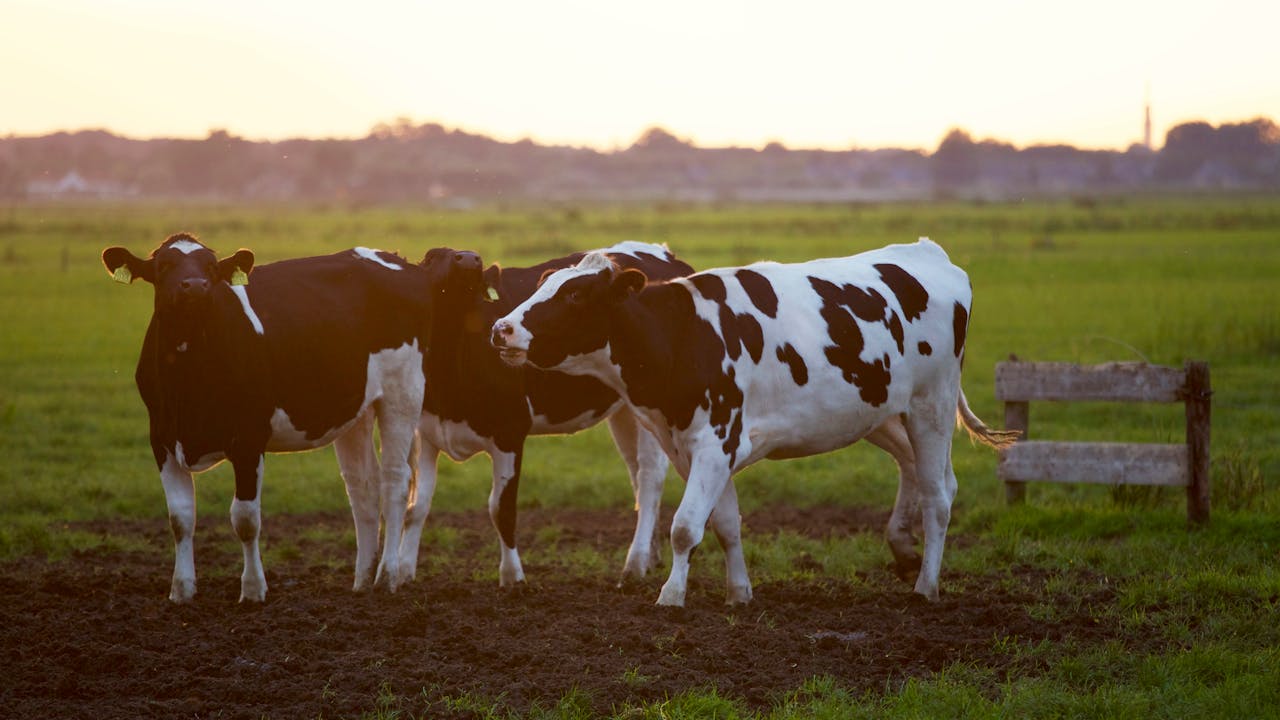Let’s think of climate change as the Earth getting warmer and acting strangely because of human activities like burning fossil fuels. This change affects everything around us, including where animals live and how they survive.
Understanding how animals cope with these changes is crucial because it helps us find better ways to protect them and their habitats.
Climate Change and Habitat Loss
Climate change brings higher temperatures and messed-up rainfall patterns, which can cause habitats for animals to disappear. Some areas become too hot or dry for certain plants and animals to handle, forcing them to either relocate or face extinction.
For example, polar bears are losing their icy homes due to melting Arctic ice, and some bird species struggle to find suitable nesting sites because of increased heat or disrupted habitats from extreme weather events like storms and floods.
So, climate change isn’t just about rising temperatures; it’s also about animals losing their habitats.
Adapting Behavior
Animals adjust their behaviors when their habitats change due to factors like climate change. For instance, if their food sources are affected by weather changes, some animals might start searching for food in different places or at different times of the day.
Let’s explore various examples of how animals alter their behaviors to survive in a changing world.
Physiological Adaptations
When we talk about animals’ bodies adapting to climate change, we mean how their internal workings change to help them cope. This could involve growing thicker fur or feathers to stay warm in colder climates, or adjusting energy usage to endure periods of food scarcity.
These adaptations vary among species; for instance, polar bears develop thicker layers of fat to withstand icy environments, while desert animals like camels excel at conserving water during dry periods.
These changes are vital for animals to thrive in an ever-changing world.
Evolutionary Changes
Consider how animals and plants evolve over time to survive in a changing environment. Those that can adapt have a better chance of survival as conditions shift.
Evolution involves gradual changes in living things to improve their chances of survival. For example, some animals may develop thicker fur to cope with colder temperatures, or adjust their hunting behaviors to secure food.
Scientists study real-life examples of how species evolve in response to climate change, highlighting the importance of adaptability for survival.
Conservation Efforts
Now, let’s discuss how people are working to help animals and their habitats cope with climate change.
We’ll explore various strategies and initiatives aimed at safeguarding animals from the impacts of climate change.
We’ll also share success stories of past conservation efforts and current endeavors to protect animals and their habitats.
Challenges and Future Directions
This section addresses the challenges animals face as their habitats undergo continuous changes due to climate change.
It also examines what scientists still need to learn and emphasizes the importance of monitoring animals and their habitats to ensure their safety.

